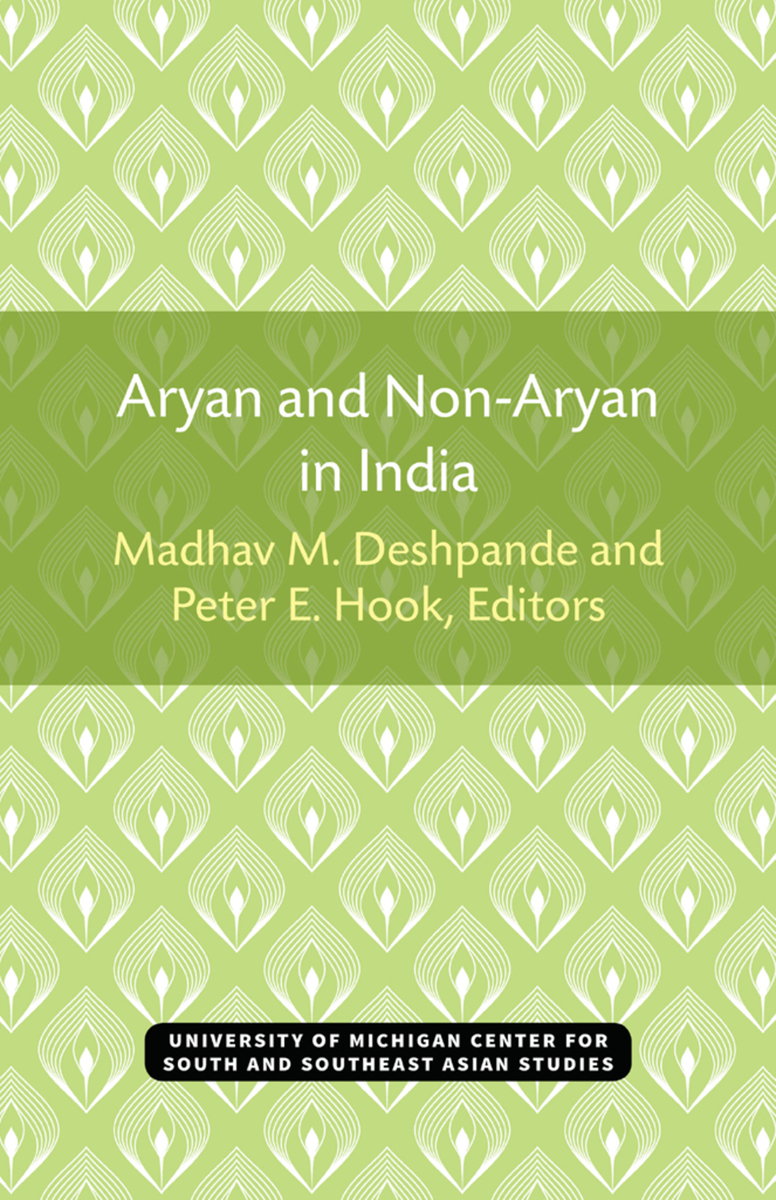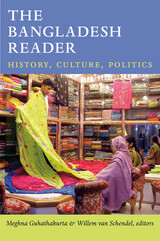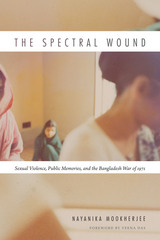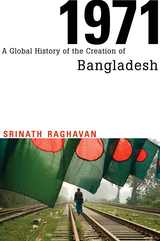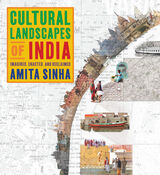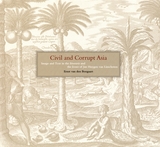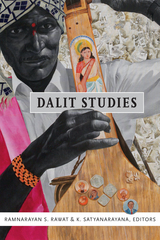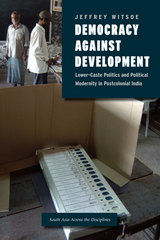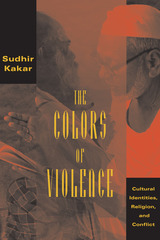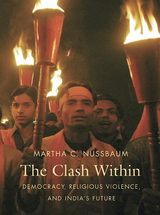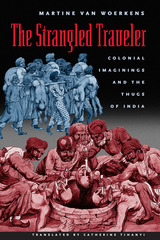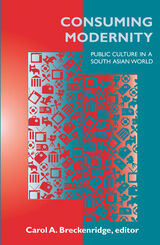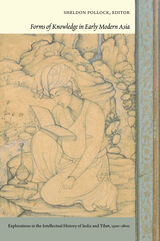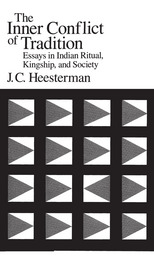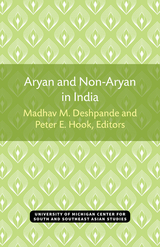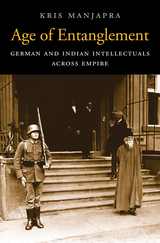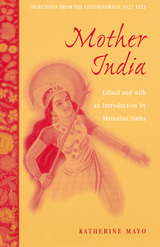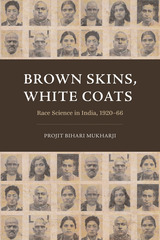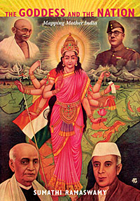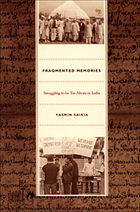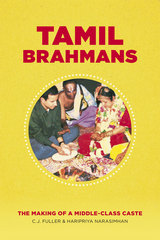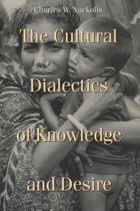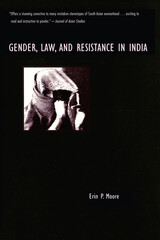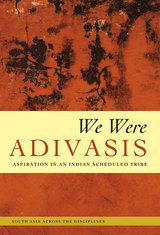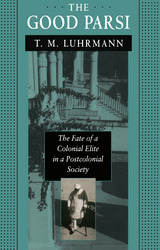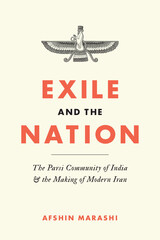Aryan and Non-Aryan in India
University of Michigan Press, 1979
Cloth: 978-0-89148-045-7 | Paper: 978-0-89148-014-3 | eISBN: 978-0-472-12772-6
Library of Congress Classification DS425.A76 1979
Dewey Decimal Classification 954
Cloth: 978-0-89148-045-7 | Paper: 978-0-89148-014-3 | eISBN: 978-0-472-12772-6
Library of Congress Classification DS425.A76 1979
Dewey Decimal Classification 954
ABOUT THIS BOOK | AUTHOR BIOGRAPHY | TOC | REQUEST ACCESSIBLE FILE
ABOUT THIS BOOK
The history and mechanisms of the convergence of ancient Aryan and non-Aryan cultures has been a subject of continuing fascination in many fields of Indology. The contributions to Aryan and Non-Aryan in India are the fruit of a conference on that topic held in December 1976 at the University of Michigan, Ann Arbor, under the auspices of the Center for South and Southeast Asian Studies. The express object of the conference was to examine the latest findings from a variety of disciplines as they relate to the formation and integration of a unified Indian culture from many disparate cultural and ethnic elements.
See other books on: Deshpande, Madhav | Hook, Peter | Hook, Peter Edwin | India | Non -
See other titles from University of Michigan Press
